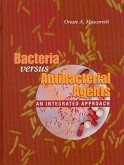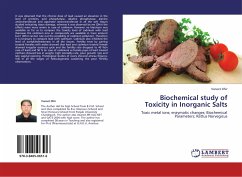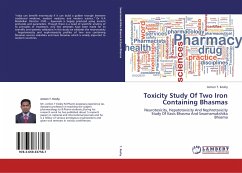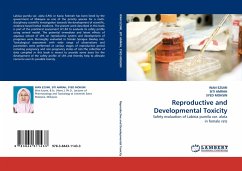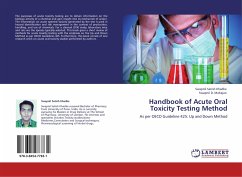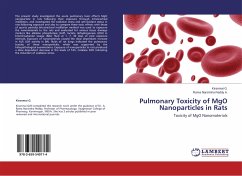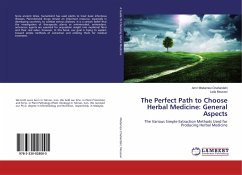This approach was made by Dhir et al. based on X-ray Crystallography in terms of Toxicity versus Proximity on the basis of Ligand preparation and characterization by Nuclear Magnetic Spectroscopy, Infra red spectroscopy, Magnetic Susceptibility & CHN(Mass Analyzer) Techniques. DETP & DPTP have been found to be similar potential toxic as they have been used in fungicides and other antibacterial products. Approach has been made on the basis of Biomimetics. The study reveals that Cu complexes are much more potentially toxic than lead compounds because in lead compounds ligands may occupy all the centres or corners of the Pb(I/II)metal ions and very less void is left to interact physiochemically with various proteins/ amino acids or DNA of living cell to disrupt their cycle to become potential toxic and carcinogenic in nature. Thus Pb(I/II)metal ions are very toxic with less hydrophobic group while Cu(II) complexes are very toxic with big/steric ligands as compared to small one. Thisfact is strengthened on the basis of X-ray Crystal structure of one of the Copper (II) complexes.
Bitte wählen Sie Ihr Anliegen aus.
Rechnungen
Retourenschein anfordern
Bestellstatus
Storno


